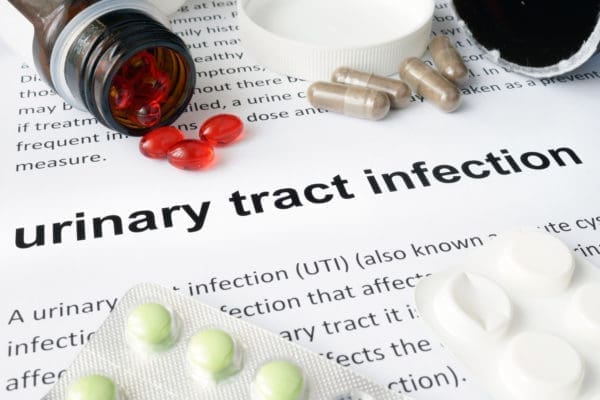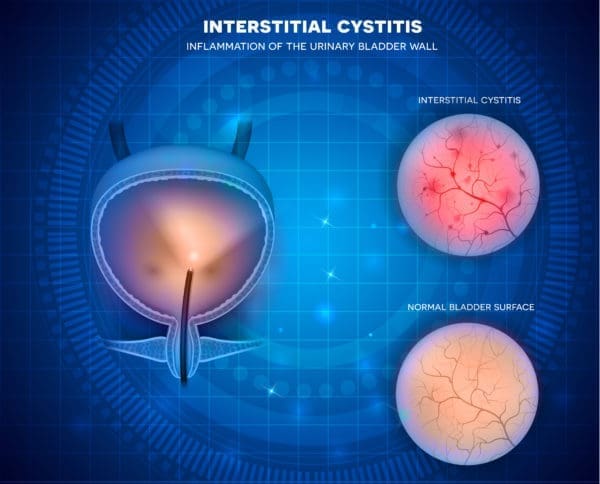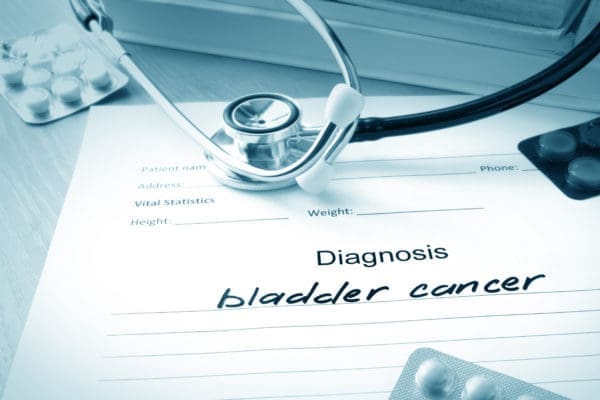Millions of people each year are affected by bladder health concerns. November is Bladder Health Awareness Month, an initiative designed to encourage us all to take an active role in managing our bladder health and to learn how to better manage bladder pain. From urinary tract and bladder infections to overactive bladders to incontinence to bladder cancer, people around the United States face urgent and painful problems that come with substantial costs: an estimated $70 billion per year.
These costs are far from the only price those of us with bladder health problems pay. Our everyday lives are disrupted and inconvenienced, we are often faced with a wide range of pain levels and our loved ones don’t always know how to best support us or help us manage our care. Let’s look at some facts about common bladder health problems and how to take a more active role in our bladder health.
Bladder health stats
- Bladder infections are the most common type of urinary tract infection.
- 1 in 5 women will have at least one urinary tract infection in her lifetime.
- Nearly 20% of women who have a urinary tract infection will have another. 30% of those will have yet another. Of this last group, 80% will have recurrences.
- Over 8 million office visits and more than 1 million hospitalizations for urinary tract infections each year add up to overall annual cost close to $1 billion.
- Approximately 55,000 men and 17,000 women get bladder cancer in the United States each year.
- Approximately 11,000 men and 5,000 women die from the disease in the United States each year.
- Bladder cancer has the highest recurrence rate of all cancers.
Bladder cancer has the highest cost of healthcare delivery per patient compared to all other malignancies. - Overactive bladder affects 33 million Americans.
- Stress urinary incontinence impacts 1/3 of all women under 60 and 1/2 of all women over 65.
Bladder and urinary tract infections
From November 1-10, Bladder Health Awareness Month is highlighting bladder and urinary tract infections.


Condition fast facts:
Urinary tract infections (UTIs) can impact any and all parts of your urinary tract system: your kidneys, your bladder or your urethra. They’re caused when bacteria gets into your urine and travels up to your bladder. Most UTIs occur in the lower urinary tract and affect the bladder and urethra.
Women are more likely to get a UTI than men. When men do get a UTI, they are more likely to be recurring since bacteria can hide inside the prostate.
Pain fast facts:
UTIs cause irritation and pain in your pelvic area. The lining of the bladder and urethra become red and irritated. UTIs are also likely to make you feel as if you have to urinate more frequently, but you may experience a burning sensation when you do. You may only be able to urinate a few drops, and your urine may smell bad or look cloudy.
Kidney infections often cause you have to have a fever or to experience back pain. It’s important that they are treated immediately, as they can quickly spread into the bloodstream.
Neurogenic bladder and interstitial cystitis/bladder pain syndrome
November 1-10 is also dedicated to highlighting neurogenic bladder and interstitial cystitis/bladder pain syndrome.


Condition fast facts:
Millions of Americans have neurogenic bladder, the name given to a number of urinary conditions in people who lack bladder control due to a brain, spinal cord or nerve problem. This nerve damage can be the result of diseases such as multiple sclerosis, Parkinson’s disease or diabetes. It can also be caused by infection of the brain or spinal cord, heavy metal poisoning, stroke, spinal cord injury or major pelvic surgery.
Interstitial cystitis, otherwise known as bladder pain syndrome, is a condition that can consist of symptoms such as pelvic pain, urinary frequency and urinary urgency. There are 2 types of interstitial cystitis:
- Non-ulcerative: This is the most common form. Patients with this type experience pinpoint hemorrhages, also known as glomerulations, in the bladder wall.
- Ulcerative: Only about 5% to 10% of patients experience this type and usually have bleeding areas on the bladder wall.
Pain fast facts:
Nerves in the body control how the bladder stores or empties urine. Painful problems with these nerves can cause patients with neurogenic bladder to experience overactive bladder, incontinence and underactive bladder, obstructive bladder, UTIs, kidney stones and urinary frequency and urgency, among others.
Patients with interstitial cystitis often experience recurring or chronic pelvic pain, pressure or discomfort in the bladder and pelvic region and urinary frequency and urgency.
Bladder Cancer
From November 11-17, Bladder Health Awareness Month is highlighting bladder cancer.


Condition fast facts:
Bladder cancer is the 6th most common cancer in the United States. It begins when cells in the urinary bladder start to grow uncontrollably, allowing them to form tumors and spread to other areas of the body.
Pain fast facts:
The most common symptom of bladder cancer is blood in the urine with little to no pain or other symptoms. It may appear pink, red or even dark brown. But bladder cancer can lead to changes in urination and lead to symptoms such as painful urination, lower back pain and bone pain, among others. While these symptoms are likely other bladder conditions, it’s important to talk to your healthcare team about any concerns or pain you have.
Overactive bladder, incontinence and stress urinary incontinence
From November 18-24, Bladder Health Awareness Month is highlighting incontinence, overactive bladder and stress urinary incontinence.


Condition fast facts:
Over 30 million people in the United States live with overactive bladder symptoms. It can be quite an inconvenience to your everyday life. A common symptom is a sudden and uncontrollable urge to urinate, which may lead to incontinence.
Stress urinary incontinence is different from overactive bladder. If you leak urine while sneezing, laughing or doing other physical activities, you may have this condition. It is more common in women than in men.
Pain fast facts:
The uncontrollable urge to urinate you experience with overactive bladder can be painful. Frequent urination and waking up throughout the night to urinate may be inconvenient and painful as well.
Incontinence and stress urinary incontinence are more than just physical concerns. They can have a negative impact on your everyday life, social life and emotional wellbeing as well. If you’re concerned about being too far from a toilet during your day or if you feel isolated due to leaks, it’s a good idea to talk about these concerns with your healthcare team.
Bedwetting and Nocturia
From November 25-30, Bladder Health Awareness Month is highlighting bedwetting and nocturia.


Condition fast facts:
When you experience unexpected urine leaks, that is called incontinence. But when this happens at night as you sleep it’s referred to as bed-wetting or nuresis.
Nocturia occurs when you wake up frequently at night to urinate. One in 3 adults over the age of 30 will make at least two trips to the bathroom every night, but the condition is most common in people over the age of 60.
Pain fast facts:
Having low bladder capacity can feel painful. Having your sleep schedule routinely disrupted can be inconvenient and cause you to feel exhausted the next day.
Bladder health tips
- Drink plenty of water. The U.S. Institute of Medicine and the World Health Organization recommend between 8 to 11 cups a day for women and 10 to 15 cups a day for men, including water from all sources.
- Cut down on the amount of caffeine and alcohol you drink. Limit your intake of coffee, tea or cola. These can lead to leakage.
- Women should avoid hovering over the toilet seat when urinating.
- Take your time when you’re urinating to make sure your bladder empties.
- Keep your pelvic floor muscles strong with pelvic floor muscle training.
- Stop smoking. Using tobacco is “the single largest preventable cause of disease and premature death in the United States, and smoking is a leading cause of cancer and death from cancer” and is associated with your urologic health.
- Talk freely with your healthcare team about your urologic health. It’s OK to feel embarrassed, but push through that and have honest conversations about your concerns.
Pain of any kind is not normal; it’s a sign that something is wrong. It’s important that when you experience bladder pain – especially when it’s impacting your everyday life and your relationships – that you work with your healthcare team to find out what is causing it and how to manage it. During this year’s Bladder Health Awareness Month, speak up for your health and the health of your loved ones.
What questions do you have about bladder health and bladder pain?
Tell us about it in the comments below!
What topics related to bladder health would you like to see us research?
Email us at info@painresource.com with your ideas!
Are you on Facebook?
Join our online community by clicking here.






antibiotic is the only suggestion? I am desesperate :(